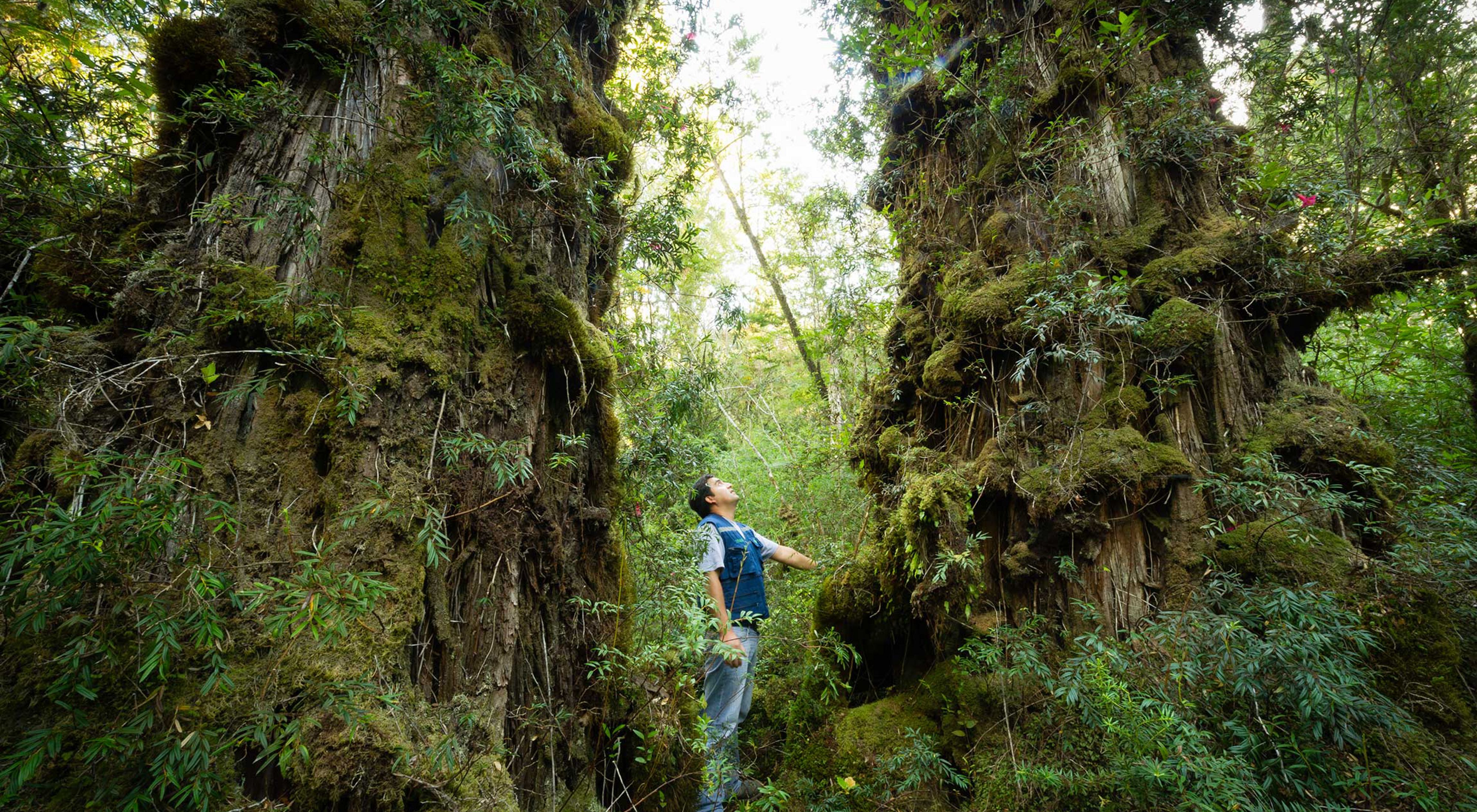After the creation of the first Water Fund in Quito, other cities were inspired and decided to adopt the model. Although there was a lot of enthusiasm, structuring them was not easy because there was no standardized methodology for this. The first attempt to systematize the knowledge occurred in 2012 when TNC, with the support of the Latin American Water Fund Partnership, published the first Water Funds Manual, which established a five-stage project cycle model: Feasibility, Design, Creation, Operation, and Consolidation.
The Manual facilitated the socialization of the concept and sparked interest in more cities. However, the cohorts in the Partnership found that progress toward the stages of operation and consolidation was very difficult. Thus, a new phase of revising concepts began, and water security became a fundamental part of it.
The FEMSA Foundation has played a key role in creating and strengthening the methodology, helping to clarify the critical success factor in each stage of the Water Funds cycle, contributing its experience to create replicable and scalable business models, as well as time and resources.
This process of co-creation, called "Desired State of Water Funds," is now the Partnership’s standard for Water Fund management in Latin America, also enriching the global Water Fund model. This methodology systematizes and structures the knowledge of a broad group of professionals in the region who have worked with Water Funds for several years, incorporating three essential principles: relevance, influence, and impact.
Water Funds must position themselves as relevant water management contributors through their projects and actions. That way they can influence public and private stakeholders regarding decisions on water governance and capitalize on that influence to generate impact at scale.
